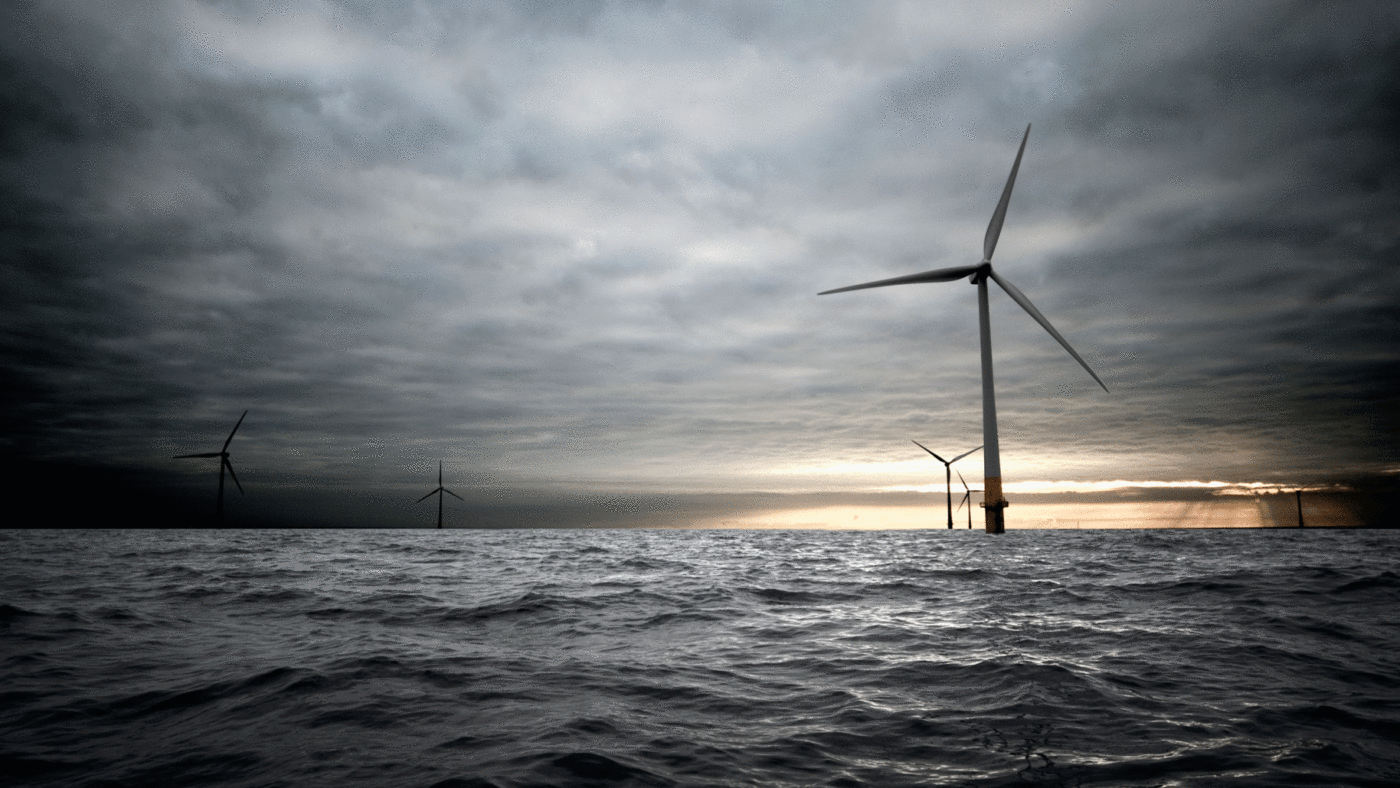On 6 October the Prime Minister announced that “wind farms could power every home by 2030”. He went on to say: “Your kettle, your washing machine, your cooker, your heating, your plug-in electric vehicle – the whole lot of them will get their juice cleanly and without guilt from the breezes that blow around these islands.”
The significant word in the announcement was “could”. Wind farms could contribute an extra 40GW to the National Grid, but equally they could fail and power to homes could be cut. Without the use of carbon fuels, principally gas, or a huge expansion of nuclear power, such failures of supply are likely to become frequent and prolonged. Behind the Churchillian reference to “these islands”, the Government was being less than honest to consumers.
The actual amount of energy generated from wind is at the whim of the weather, not of demand. So to maintain the electrical supply fossil fuel or nuclear back-up generation is required, standing idle waiting for the wind to drop.
Germany and Denmark have invested billions of euros in windfarms and now have the most expensive electricity in Europe, yet without reducing carbon emissions. In fact Germany is opening new coal fired power stations and arranging connection to increasing supplies of Russian gas via the NordStream2 pipeline. The oil and gas industries openly support renewables for this reason. Their advertising of renewables is very effective in ensuring that the continued use of fossil fuels carries a “green” label.
But in the UK the consequences of this policy on the stability of the electricity supply are already upon us. A real live example in the past week tells the story.
On November 3 the Financial Times reported that an anti-cyclone was forecast that would drastically reduce wind speeds, both on-shore and off-shore. The UK National Grid expressed concern about the consequences for the stability of electrical power supplies in the following days.
It said that supplies of electricity would be stretched with fewer-than-expected power generators available at peak times, and low output from renewable sources such as wind. The company issued a notice to the market asking for more capacity to be made available to increase the ‘buffer’ between supply and demand, although it insisted there would still be “enough generation to meet demand”.
The buffer to which they referred included bringing some coal-fired stations back on stream and also the single stage gas fired plants. If that supply is still not enough, demand must be reduced by raising energy prices sufficiently that some commercial users are forced to switch off.
Data from the University of Sheffield show when connection is made to the extra stand-by sources. A “near miss” is seen on the Electricity Map website as a rapidly increasing price that persuades some users to switch off. In the worst case the stability of the supply fails when money cannot buy the missing electrical power.
One such ‘near miss’ happened on Thursday November 5 at around 6 o’clock (graphical data for the day is discussed here). The wind had dropped, the sun had set, it was cold and demand in Great Britain soared. Renewables were very little help: solar was zero, as the sun had set, and the wind was contributing barely 10% of its much trumpeted capacity of 23 GW.
The only option was to raise the price and force some commercial users to switch off – the first step in a supply failure. Prices rose precipitously from a steady £25 to £30 per MWh all the way up to about £170 per MWh. If this price rise had not been sufficient to persuade enough users to disconnect, there would have been a break in supply for everybody, including the public.
Obviously supply and demand could rarely be matched without gas and nuclear. The public is seldom told about the imports carried by undersea cables from the EU. These run steadily at 4 GW most of the time, more than the future output of nuclear power stations HinkleyC or SizewellC. The promised new 40 GW output from North Sea wind would produce 12 GW on average, but on a day like November 5 it would deliver less than 4 GW.
What can the National Grid do to maintain supplies this winter? Warnings, breaks in commercial supplies and actual electricity cuts for all are likely.
No storage technology, available or in prospect, comes within a factor of 100 of making a significant contribution, although the existing pump-storage hydro in Scotland and Wales makes a small contribution. To avoid fossil fuels, a massive investment in nuclear energy in the next 20 years is essential. Increased electrification and use of hydrogen only add to this need.
Renewables, such as windfarms in the North Sea, are too unreliable and weak – and also vulnerable to the exceptional weather events that climate change brings. But the nuclear investment, the new Industrial Revolution, will take a decade and more to complete and be accepted. Such an acceptance requires a worldwide cultural change in attitudes to nuclear. In the meantime without gas, breaks in electricity supply will become frequent and investment in renewables will make little difference.
Click here to subscribe to our daily briefing – the best pieces from CapX and across the web.
CapX depends on the generosity of its readers. If you value what we do, please consider making a donation.


